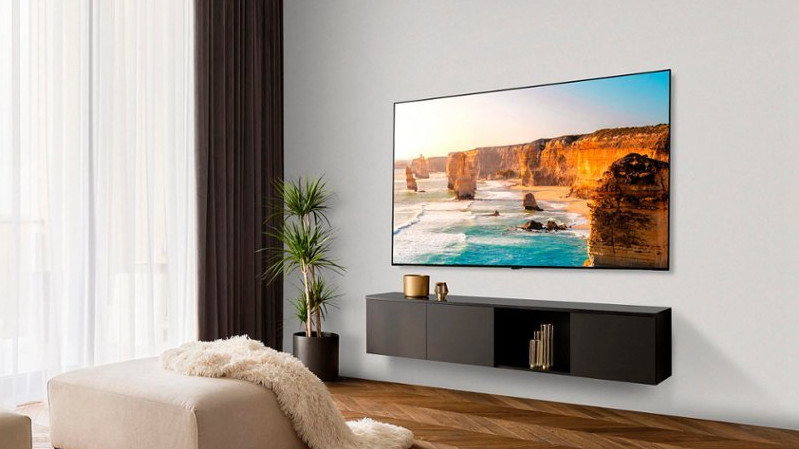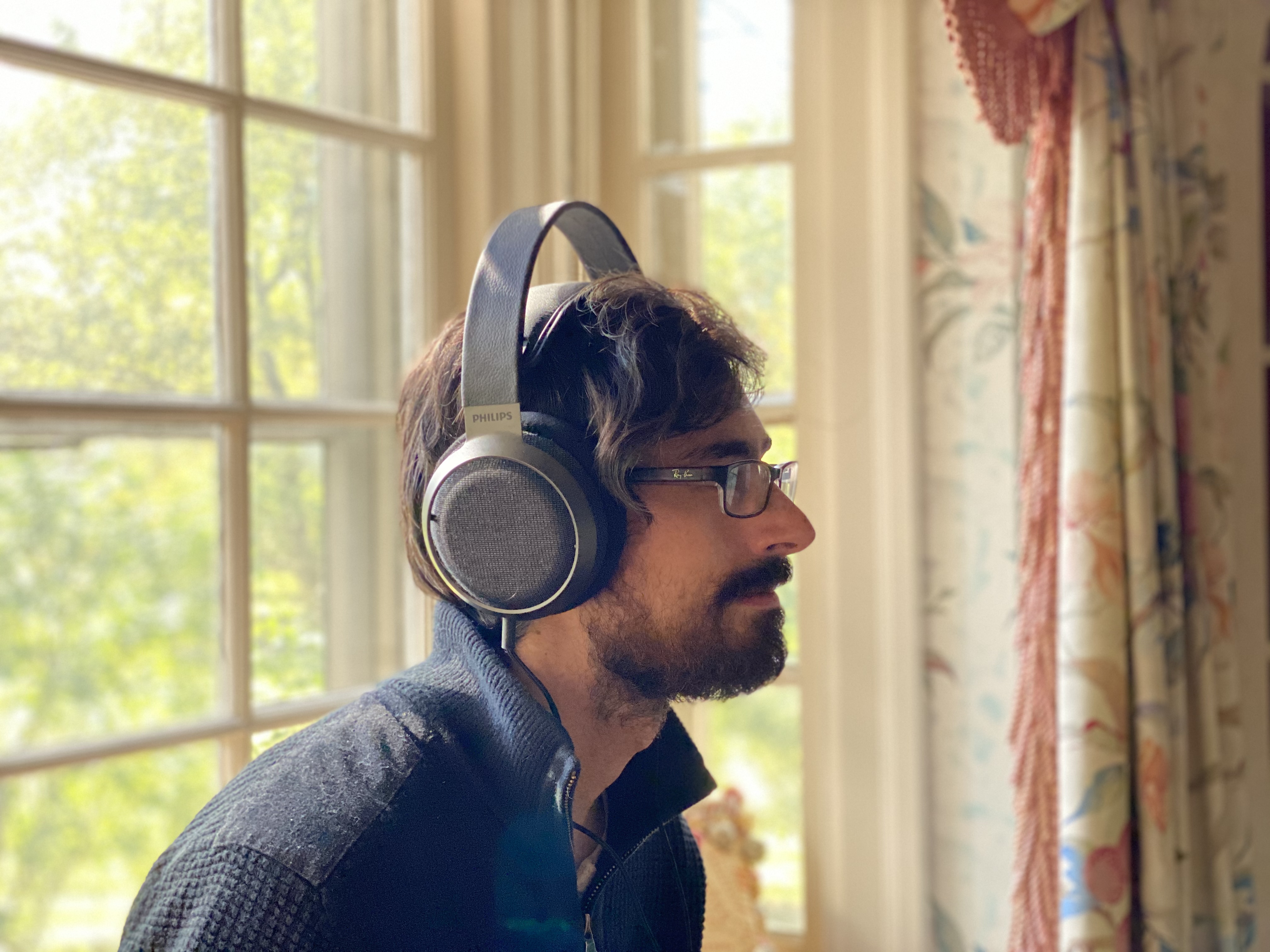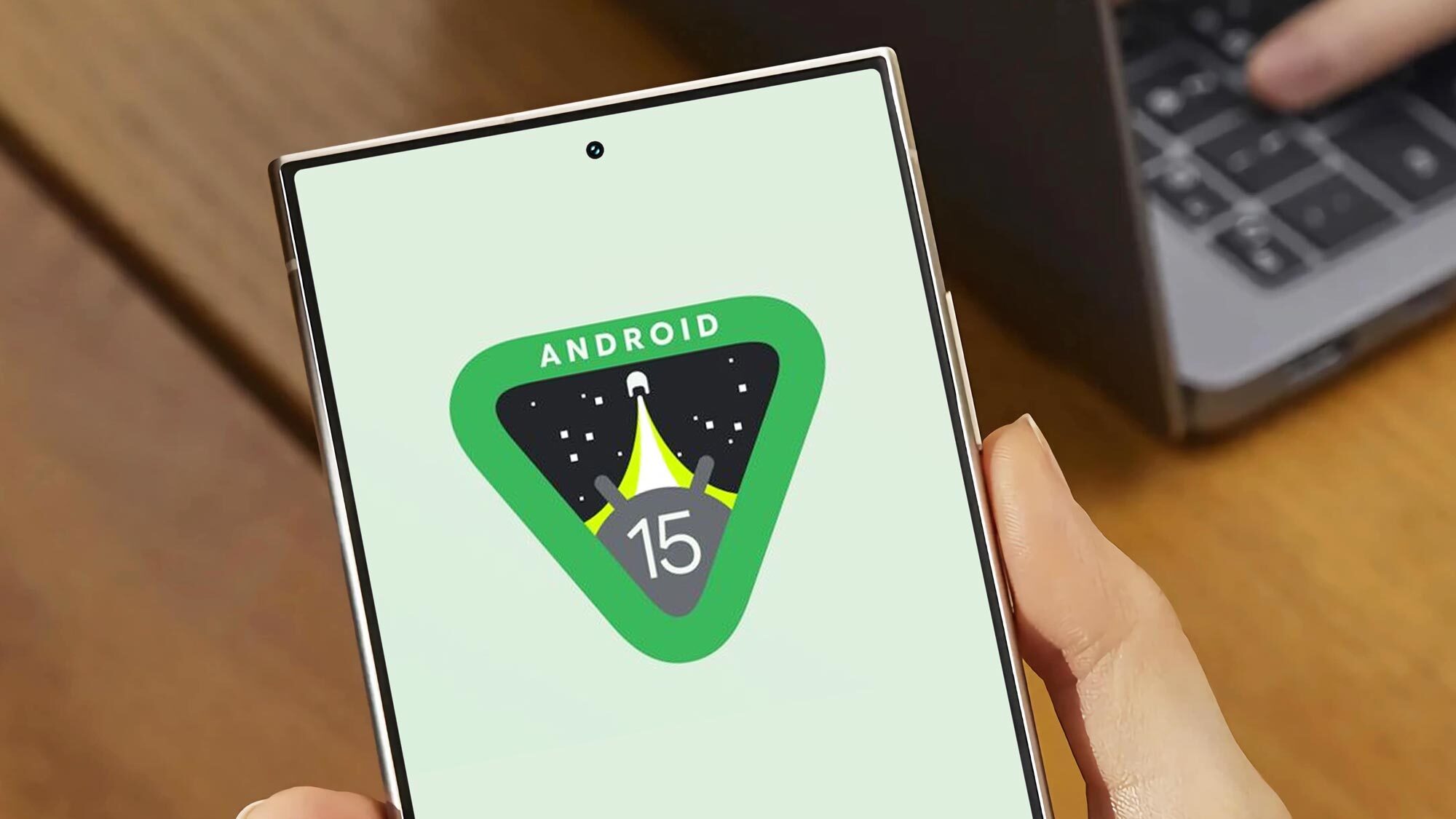
LG isn’t really a company that rests on its laurels. Year in and year out, it’s using new display innovations from its sister company, LG Display, to create some of the best OLED TVs. Case in point? The award-winning LG G3 OLED that’s currently one of the best TVs you can buy.
That said, despite there being a lot of innovation on the higher-end models, LG’s entry-level OLED TVs can sometimes be…well, a lot less innovative. (See: the LG A2 OLED that uses a 60Hz panel instead of one that's 120Hz.)
During our lab testing of the LG B3 OLED for our review, we discovered that — outside of a small difference in light output — the LG B3 OLED and last year’s LG C2 OLED are nearly identical. Here’s the lab data to prove it.
LG B3 OLED vs LG C2 OLED: Test results
| Row 0 - Cell 0 | LG B3 OLED | LG C2 OLED |
| SDR Brightness (10%, in nits) | 255.9109 | 253.0078 |
| Delta-E (lower is better) | 1.8943 | 1.7009 |
| Rec. 709 Gamut Coverage | 133.8772 | 134.4462 |
| HDR Brightness (10%, in nits) | 652.8041484 | 800.14 |
| UHDA-P3 Gamut Coverage | 99.07 | 99.02 |
| Rec. 2020 Gamut Coverage | 73.87 | 74.17 |
| Input latency (in milliseconds) | 10.1 | 9.5 |
A rose by any other name...
Usually I'd break down all the differences between the two TVs' performances here — but, as you can see, the differences are relatively minimal. That being said, the LG B3 OLED sharing these performance numbers of the C2 OLED isn’t such a bad thing — remember, the LG C2 OLED was one of the best TVs of 2022.
The reason the C2 was so high up on our list was due to its incredible color saturation and accuracy as well as its low input latency, all of which are traits shared by the LG B3 OLED. In fact, the B3 even squeaks out a small win in SDR brightness, though not by a wide margin.
The LG B3 actually keeps up pretty well with the LG C2 OLED in almost every regard, only really falling down in our HDR brightness tests. Because of that difference, you'd be able to tell the TVs apart when they're next to one another playing the same content, but you'd still be wowed by both pictures.
In terms of overall performance, the LG B3 and C2 OLED are neck and neck.
But their sizes, processors and inputs are the X factors
So given the fact that the specs are the same, should you just buy the LG B3 OLED because it's cheaper? Unfortunately, it's not so cut and dry.
The B3 OLED is only available in a 55-, 65- and 77-inch screen sizes, while the C2 OLED comes in a range of sizes starting at 42 inches and scaling up to 83 inches. If you need a smaller OLED TV, the C2 is going to be your only choice.
The other complicating factor here is that the two OLED TVs use different processors from different years: The LG C2 OLED uses the α9 Gen5 AI Processor 4K while the B3 OLED uses the a7 AI Processor Gen6.
Unfortunately, LG is really cagey about what happens inside the pictures processors so we really don't have benchmarks to compare them against one another. Anecdotally, however, any video I've seen upscaled with the a7 Gen6 processor looked great — probably even a little cleaner than last year's a9 Gen5.
Again, because this is slightly subjective, it's something you'll need to see side-by-side for yourself before forming an opinion on, but I think the B3 might actually be slightly better than the C2 in this category.
So where's the bad news? Well, the LG B3 OLED only comes with two full-spec HDMI 2.1 ports that can pass 4K/120Hz signal. The LG C2 OLED had four such ports. That might not make a huge difference for you, especially if you aren't much of a gamer, but folks who have more than one input device capable of playing 4K/120Hz content should probably consider paying a bit more for the C2 OLED for that reason alone.
LG B3 OLED vs LG C2 OLED: which one should you buy?
Based on the measurements alone, I think you'd be happy with either LG OLED TV. They both excel in many of the most important areas like color saturation, color accuracy and input latency. Yes, it'd be great to see a slightly higher peak brightness on the B3 OLED that matches the C2, but I don't think it's a deal-breaker that it doesn't match the C2 in that one category.
I think the only reason you should pay more for the C2 OLED is that you want all four of the HDMI ports to be full-spec HDMI 2.1, capable of passing 4K/120Hz video. That's really important if you're a gamer trying to future-proof their setup for the next round of consoles coming out sometime in the next five to seven years.
If you're not really a gamer and the lower peak brightness isn't a deal-breaker, then I think you should absolutely save some money by buying the B3 OLED instead.
More From Tom's Guide
Sign up to get the BEST of Tom's Guide direct to your inbox.
Get instant access to breaking news, the hottest reviews, great deals and helpful tips.

Nick Pino heads up the TV and AV verticals at Tom's Guide and covers everything from OLED TVs to the latest wireless headphones. He was formerly the Senior Editor, TV and AV at TechRadar (Tom's Guide's sister site) and has previously written for GamesRadar, Official Xbox Magazine, PC Gamer and other outlets over the last decade. Not sure which TV you should buy? Drop him an email or tweet him on Twitter and he can help you out.
-
Stefan21 Back in 2018 we bought an LG OLED55C7V. The first reaction when we powered it up was WOW. Like we just discovered TV :). Only regret soon thereafter was that we did not purchase a 65" screen. But time passed and next year I am thinking of buying a new TV - always good prices in years with sport events, like Olympics in Paris. Only cloud on a blue sky is that our LG OLED shows significant signs of screen burn. The Netflix logo is always there - why the logo? And the subtitles area is burned too. It is an expensive TV though. Did not expect that after I read all I could find on the topic, and being careful with the usage, this would happen. Thinking of moving to QLED. Or maybe LG has fixed this since?Reply -
johnsaar2005 They fixed The majority of issues that would cause burn-in with LG's pixel shifter and pixel refresher technology. As long as you don't leave a static image on the TV for hours upon hours (I mean you can and there is a possibility you won't get burn in) you shouldn't have an issue. I use an LG C1 48-in OLED as a computer monitor and I don't have any burn in but take that with a grain of salt as I don't use it like an accountant would or somebody who works on documents for hours at a time. I mostly do my work in a web browser or RDP to work resources over an IPsec VPN tunnel. That being said, I don't think the likes of Dell and Samsung would start producing OLED computer monitors if they were worried about burn in because that would be very bad for brand perception and expensive from all the RMAs and returns. Also something to look into but I believe LG has a 5 year no burn in guarantee on most of their OLED TVs. I know 100% this is true for any of their newer EVO based OLED panels like the B2, C2, G2, B3, C3, and G3. LG will repair or replace the OLED panel you should look into that and see if they had that burn in warranty for your OLED model. No guarantees they offered that on your OLED just thought I would mention it. Oh one last thing LG has some tools built into the TV to help if you experience burn in check your TVs menu options to see if yours has those tools built in but again your model might not have them but it's worth it to check in my opinion.Reply
